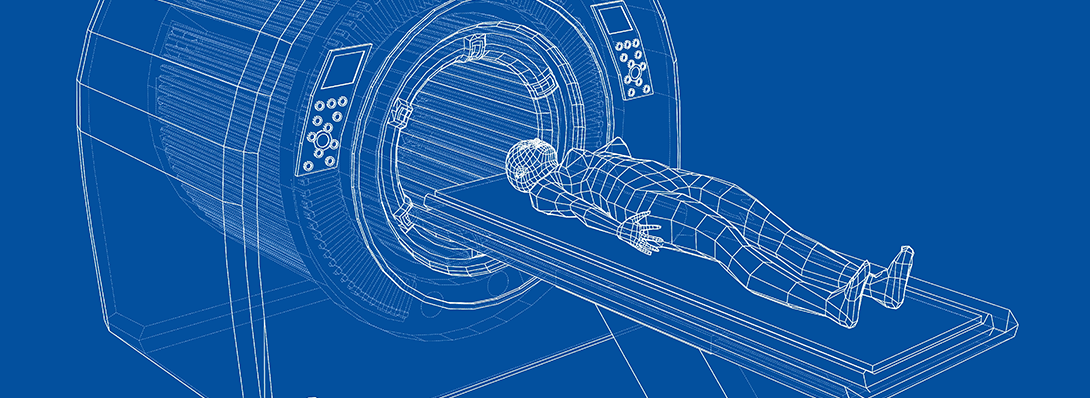In the realm of cancer treatment, precision and accuracy are paramount. Stereotactic Body Radiotherapy (SBRT) represents a significant advancement in radiation therapy techniques, offering highly targeted and precise delivery of radiation to cancerous tumors. By utilizing advanced imaging technologies and focused radiation beams, SBRT minimizes damage to healthy tissues while delivering high doses of radiation to effectively treat tumors. This article will delve into the details of SBRT, its advantages, applications, potential side effects, and treatment outcomes.
What is Stereotactic Body Radiotherapy (SBRT)?
Stereotactic Body Radiotherapy, also known as SBRT or stereotactic ablative radiotherapy (SABR), is a specialized form of radiation therapy that involves delivering high doses of radiation to tumors in a precise and focused manner. It utilizes three-dimensional (3D) or four-dimensional (4D) imaging to visualize the tumor's location and shape accurately. By integrating advanced imaging technologies with radiation therapy, SBRT ensures the least amount of damage to surrounding healthy tissues, making it an ideal treatment option for various types of cancers.
Advantages of SBRT:
- Precise Targeting: SBRT allows for exceptional precision in tumor targeting. The use of advanced imaging techniques, such as CT scans, MRI, and PET scans, enables healthcare professionals to precisely locate the tumor and create a treatment plan tailored to the patient's specific needs. This precision ensures that the radiation beams are focused on the tumor, maximizing treatment effectiveness.
- Minimization of Healthy Tissue Damage: One of the key advantages of SBRT is its ability to spare healthy tissues surrounding the tumor. By precisely targeting the tumor, SBRT minimizes radiation exposure to nearby critical structures and organs, reducing the risk of collateral damage and potential side effects.
- Shorter Treatment Duration: Compared to traditional radiation therapy, which often requires numerous sessions spread over several weeks, SBRT offers a shorter treatment duration. Typically, SBRT involves one to eight treatment sessions, delivered over a shorter span of time. This condensed treatment schedule not only improves patient convenience but also reduces the overall impact on their daily lives.
- Enhanced Treatment Efficacy: SBRT enables the delivery of higher radiation doses to the tumor, increasing treatment efficacy. By delivering precise and potent radiation directly to the cancer cells, SBRT aims to eradicate the tumor more effectively, improving patient outcomes.
- Versatility in Cancer Treatment: SBRT has demonstrated effectiveness in treating various types of cancers. It is commonly used for primary cancers involving the lung, liver, spine, prostate gland, and pancreas. Additionally, SBRT is an invaluable tool in the treatment of secondary or metastatic cancers affecting the lung, liver, spine, bone, adrenal gland, lymph nodes, and other sites. Furthermore, SBRT has shown promise in managing benign non-cancerous tumors in the spine.
SBRT Procedure and How It Works:
The SBRT procedure begins with a thorough evaluation of the patient's medical history and diagnostic imaging, such as CT scans, MRI, or PET scans, to precisely locate the tumor and surrounding critical structures. During the treatment session, the patient is positioned on the treatment table, and additional imaging scans may be taken to ensure accurate alignment.
The radiation oncology team utilizes sophisticated software and imaging technologies to precisely map the tumor's position, size, and shape. Based on this information, the treatment plan is customized to deliver high doses of radiation to the tumor while minimizing exposure to healthy tissues.
Advanced radiotherapy machines, such as Linear Accelerators, Helical Tomotherapy, CyberKnife, or Proton Beam Therapy, are utilized to deliver the radiation beams with pinpoint accuracy. The treatment session may take slightly longer than conventional radiation therapy due to the time required for image acquisition and verification. Throughout the treatment course, the patient's tumor may be monitored using imaging technologies to adapt to any changes in size, shape, or position.
Potential Side Effects of SBRT:
SBRT is generally well-tolerated, with minimal side effects compared to traditional radiation therapy. Early side effects are typically short-term and may include fatigue, swelling, nausea or vomiting, and skin changes. These side effects tend to resolve on their own after the treatment course.
In rare cases, some individuals may experience late side effects, which may occur months or even years after treatment. These late side effects can include weakened bones that are prone to fractures, changes in bowel or bladder function, changes in the lungs, changes in the spinal cord, or swollen arms and legs (lymphedema). It is important to note that the occurrence of these late side effects is infrequent.
Outcomes of SBRT:
The outcomes of SBRT treatment can vary depending on the specific type and stage of cancer being treated. For benign tumors, the shrinkage process may take 18 months to 2 years, with the primary goal of treatment being to prevent tumor growth. In the case of cancerous tumors, shrinkage can occur more rapidly, typically within a few months.
Conclusion
Stereotactic Body Radiotherapy (SBRT) represents a significant advancement in the field of radiation therapy, offering precise and targeted treatment for various types of cancers. With its ability to deliver high doses of radiation to tumors while minimizing damage to healthy tissues, SBRT provides improved treatment outcomes, shorter treatment duration, and enhanced patient comfort. By leveraging advanced imaging technologies and precise radiation delivery techniques, SBRT is revolutionizing cancer treatment, bringing us closer to personalized and effective therapies.





.png)



